
高压喷淋清洗的工作原理你了解吗?
作者:admin来源:/时间:2020-12-09
有人将喷淋浸泡清洗称为化学脱脂,也就是说高压喷淋清洗是靠脱脂剂的皂化作用、乳化作用和分解作用来去除钢带表面的油脂的。
Some people call spray immersion cleaning chemical degreasing, that is to say, high pressure spray cleaning is to remove the grease on the surface of steel strip by saponification, emulsification and decomposition of degreasing agent.
(1)皂化作用。如果冷轧工序使用的轧制油主要是采用动物油和植物油配制而成的,这种类型的油通称为皂化油。在脱脂过程中碱组分能与这些不溶于水的油类发生反应,生成能溶于水的肥皂,从而去除。反应式为
(1) Saponification. If the rolling oil used in cold rolling process is mainly made of animal oil and vegetable oil, this type of oil is generally called saponified oil. In the degreasing process, the alkali component can react with these insoluble oils to form water soluble soap, which can be removed. The reaction formula is
(2)乳化作用。如果轧制油中存在矿物油。它属于非皂化油,基本上不能与碱发生皂化反应,则必须靠表面活性剂的乳化作用来去除。
(2) Emulsification. If there is mineral oil in the rolling oil. It belongs to non saponified oil and can not react with alkali, so it must be removed by emulsification of surfactant.

表面活性剂能降低水表面的张力,这样就能使本来平铺在钢带表面的油膜卷离成小油珠,从而乳化。而且表面活性剂还能在乳化了的油珠表面形成一定厚度的界面膜,使乳化液比较稳定,油污质点悬浮于清洗液之中,不再沉积到钢带表面。
The surfactant can reduce the tension of water surface, so that the oil film on the surface of steel strip can be separated into small oil droplets, thus emulsifying. Moreover, the surfactant can form a certain thickness of the interfacial film on the surface of the emulsified oil beads, so that the emulsion is relatively stable, and the oil particles are suspended in the cleaning liquid and no longer deposited on the surface of the steel strip.
(3)分散作用。高压喷淋清洗对于钢带表面不溶于水的固体污垢的去除,就靠表面活性剂的分散作用。离子型的表面活性剂能在固体颗粒表面被吸附,使所有的粒子都带有相同的电荷,从而相互排斥而分散开来。此时表面活性剂的亲油基定向排列于固体颗粒表面,亲水基朝向水中。这样也可使清洗液与固体粒子的界面张力小于粒子之间的内聚力,防止粒子再聚结在一起。
(3) Dispersion. High pressure spray cleaning for steel strip surface insoluble in water solid dirt removal, depends on the surfactant dispersion. Ionic surfactants can be adsorbed on the surface of solid particles, so that all particles have the same charge, so that they repel each other and disperse. At this time, the lipophilic groups of the surfactant are oriented on the surface of the solid particles, and the hydrophilic groups face the water. In this way, the interfacial tension between the cleaning solution and the solid particles is less than the cohesive force between the particles, thus preventing the particles from coalescing again.
推荐文章
 公司:宝典图库
公司:宝典图库  热线:18663767799
热线:18663767799 地址:山东省济南市济阳区创业路与启航街交叉口南40米
地址:山东省济南市济阳区创业路与启航街交叉口南40米




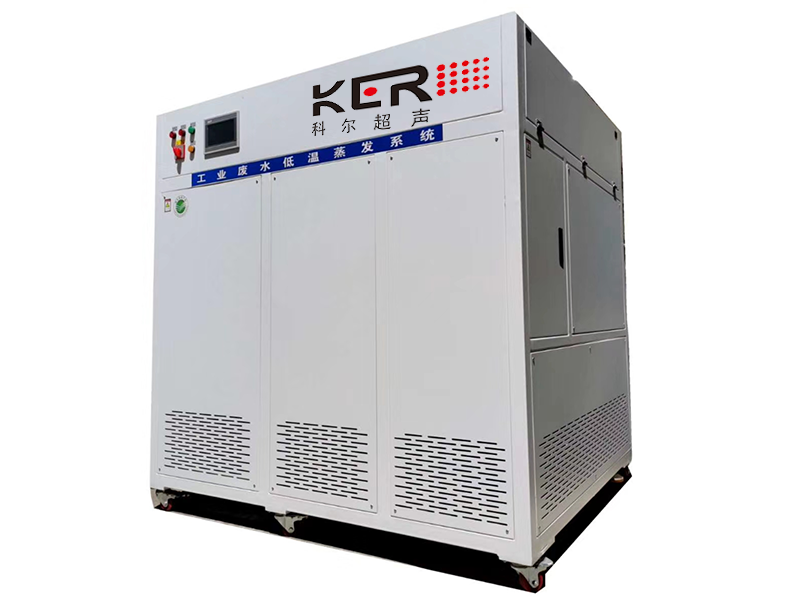
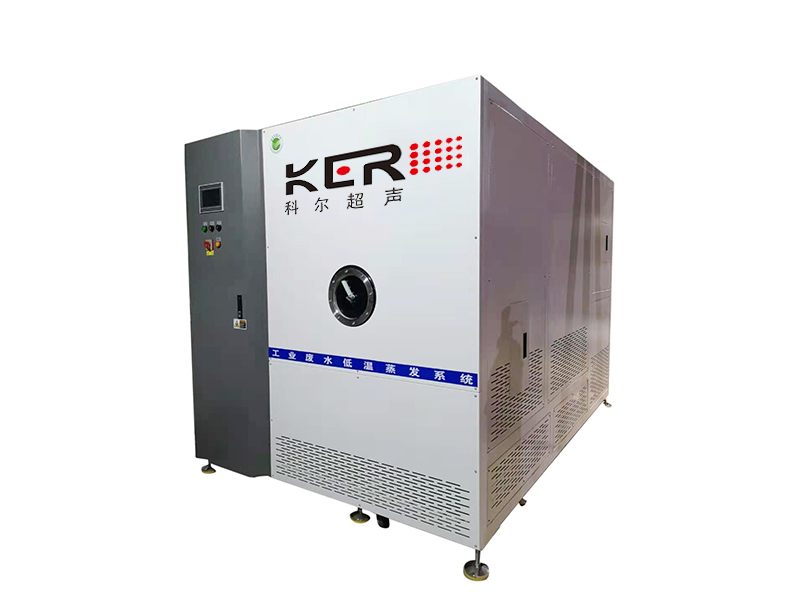
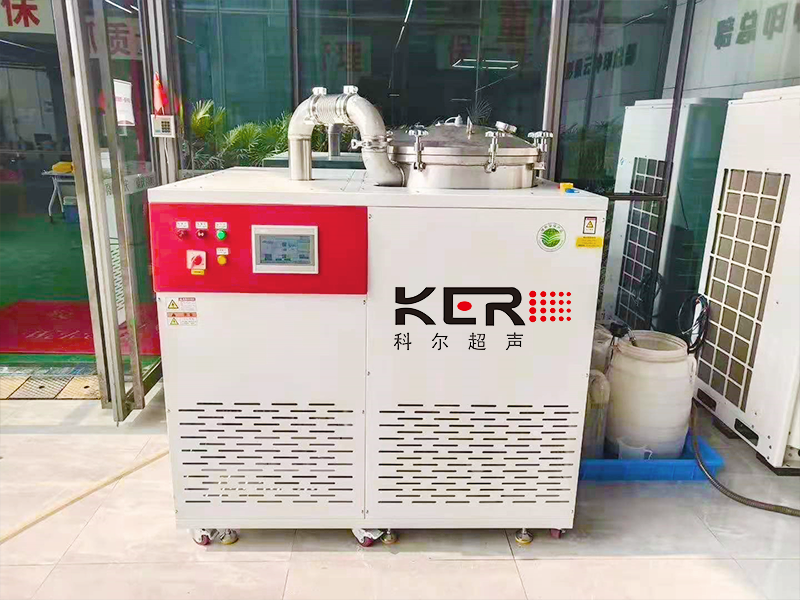
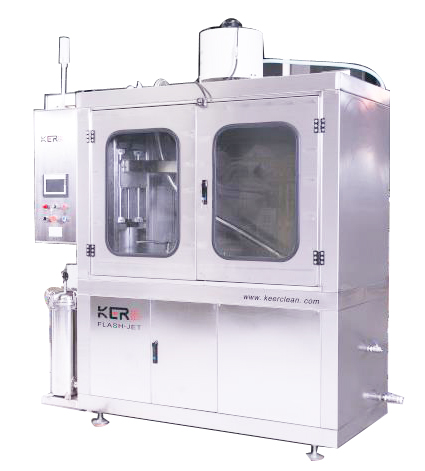
 常见问题
常见问题
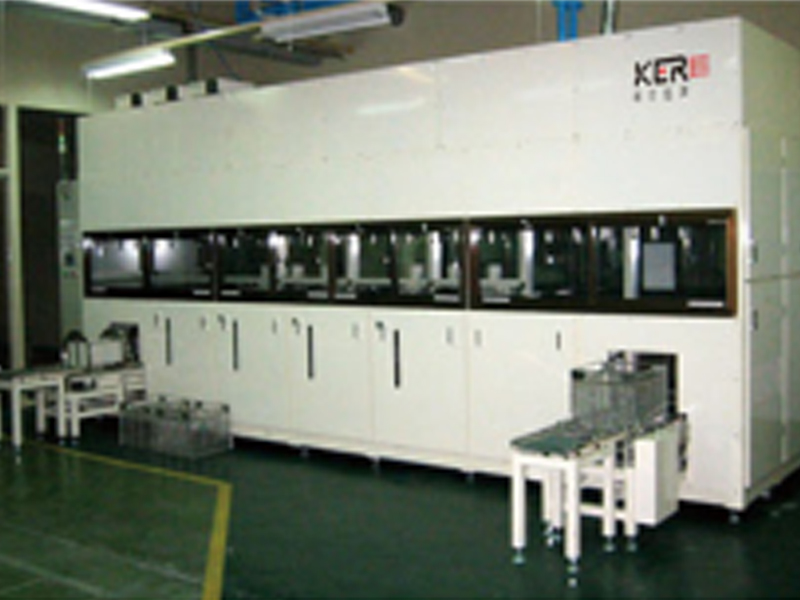
 联系我们
联系我们
 咨询电话:18663767799
咨询电话:18663767799 E-MAIL:
E-MAIL: 地址:山东省济南市济阳区创业路与启航街交叉口南40米
地址:山东省济南市济阳区创业路与启航街交叉口南40米 鲁公网安备 37011202001385号
鲁公网安备 37011202001385号
